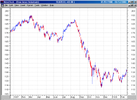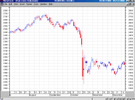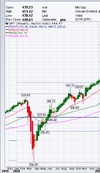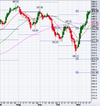- Joined
- 13 February 2006
- Posts
- 5,288
- Reactions
- 12,198
The `Switch` function works by allowing you to define a set of rules or conditions that determine which strategy or parameter should be used based on the current market conditions. You can think of it as a "decision tree" that evaluates different conditions and selects the appropriate strategy or parameter based on those conditions.
You use the `Switch` function to evaluate the conditions and select the appropriate strategy or parameter based on those conditions.
Skate.
Which rather infers that you can accurately identify 'current market conditions', n'est pas?
I'm assuming (always a dangerous thing to do) that you have 'variations' of a long only strategy: ie. breakout, pullback, etc.
From Dave:

Which is essentially the same hypothesis.
The price chart is: Sentiment. It is not logic. It is not rational. It is emotional.
Which is fine. Nothing right or wrong with that.
Sentiment can change very quickly:




The usual response is: well I'd have a hard stop, exit, blah, blah. Fine. Then I could show you examples of where after a decline of X magnitude, the market just rips higher:

You have x3 false breaks higher.
Knowing the market conditions: bear market, doesn't make trading it any easier.
jog on
duc


